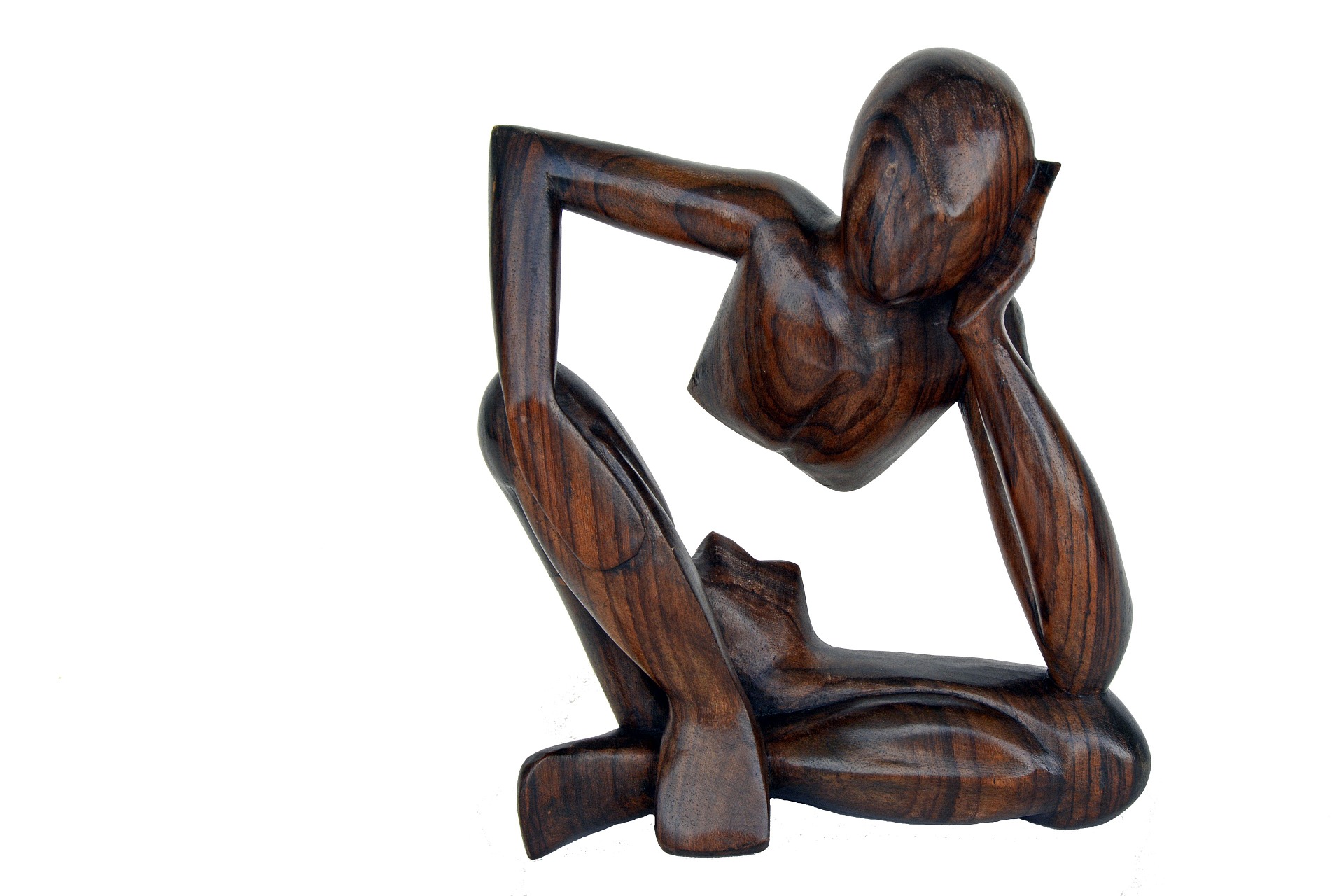What is SAD?
Seasonal Affective Disorder (SAD), is recognized as the beginning or the worsening of depressive symptoms that are linked with the autumn and winter months. It affects approximately 5% of Americans each year, ranging from 1.4% in Florida to 9.9% in Alaska (suggesting that latitude has a lot to do with it).
Contrary to popular belief, SAD is more than just a passing gloom or a general dislike for winter months. It is actually a diagnosable mental illness found in the Diagnostic and Statistical Manual of Mental Disorders (the DSM-5), though it will be listed under it’s less catchy medical name: Depressive Disorder with Seasonal Pattern.

Symptoms of SAD:
Because seasonal blues tend to creep up on us - with incoming inlaws, frigid temperatures, and hectic holidays looming on the calendar - it can be hard to separate SAD from more minor mood swings. Because there is no specific diagnostic test for the illness, here are some of the warning signs to watch out for:
- Tiredness, Fatigue, Poor Sleep Cycles
- Depression
- Crying Spells
- General Irritability
- Trouble Concentrating
- Body Aches
- Loss of Sex Drive
- Overeating (and consequent weight gain)
Think SAD is the same as Chronic Fatigue Syndrome? Not so!
Treating Chronic Fatigue Syndrome (CFS)
What Causes Seasonal Affective Disorder?
Diminished Daylight Hours
In the lineup of likely suspects responsible for SAD, diminished daylight hours is number one on the list. Our eyes are able to detect variations in light levels and communicates this information to the brain, which then uses this information to regulate our internal body clock (circadian rhythm).
On the most simplistic level, our internal body clock is made up of numerous chemicals that influence things like mood, appetite, and sleep. Because light can influence these critical body-clock functions, seasonal variations in daylight hours can drastically change how our bodies operate - similar to a puppet master pulling the strings from behind the curtain.
On a slightly more complex level the energy centers in our body (called mitochindria) detect and respond to different light forms. Because of the changing angle of the sun in fall and winter months, your mitochondria may be slowed down and make less energy. While this has some scientific validity it is only theory at this point.
SAD and Melatonin Phase Advancement
More specifically, light levels have been shown to influence two hormones in particular: serotonin (which affects mood) and melatonin (which helps regulate sleep).
Studies have shown that when people are exposed to bright light early in the morning, their production of melatonin occurs earlier in the evening, meaning that they are able to fall asleep at the correct time. As the seasons advance and summer shifts into fall, our bodies need to adapt and advance the production of melatonin as sunrise occurs later and later each day. This process is called melatonin phase advancement.
Some specialists suggest that genetic variants in the production of melatonin could explain why some people suffer from SAD while others are unaffected. Specialists also suggest that people with irregularly long body clock cycles find it particularly difficult to adjust to these seasonal changes, leading to changes such as low mood and fatigue - two symptoms that are commonly associated with SAD.
Curious about SAD's hormone connection?
Unlocking Your Genetic Sleep Disposition: AANAT and Melatonin
Did you know?
It’s thought that SAD disorder is a biochemical evolutionary hangover from our mammalian ancestors who typically hibernated during the winter months.

 "My weight was getting so out of control. I started their weigh loss diet program and lost 32 lbs! I have been able to reduce my blood pressure medicine, fit back in my clothes, have tons more energy... Now I am back to eating and my desire for foods has changes drastically. Saved my life!!!
"My weight was getting so out of control. I started their weigh loss diet program and lost 32 lbs! I have been able to reduce my blood pressure medicine, fit back in my clothes, have tons more energy... Now I am back to eating and my desire for foods has changes drastically. Saved my life!!!
 "Dr. Cline and Dr. Terranella have been amazing! For the first time we found doctors that actually listen. They care about how your feeling and try everything they can to get you back to a normal state. I am in love with these guys! If you want amazing care, see these guys."
"Dr. Cline and Dr. Terranella have been amazing! For the first time we found doctors that actually listen. They care about how your feeling and try everything they can to get you back to a normal state. I am in love with these guys! If you want amazing care, see these guys."

















